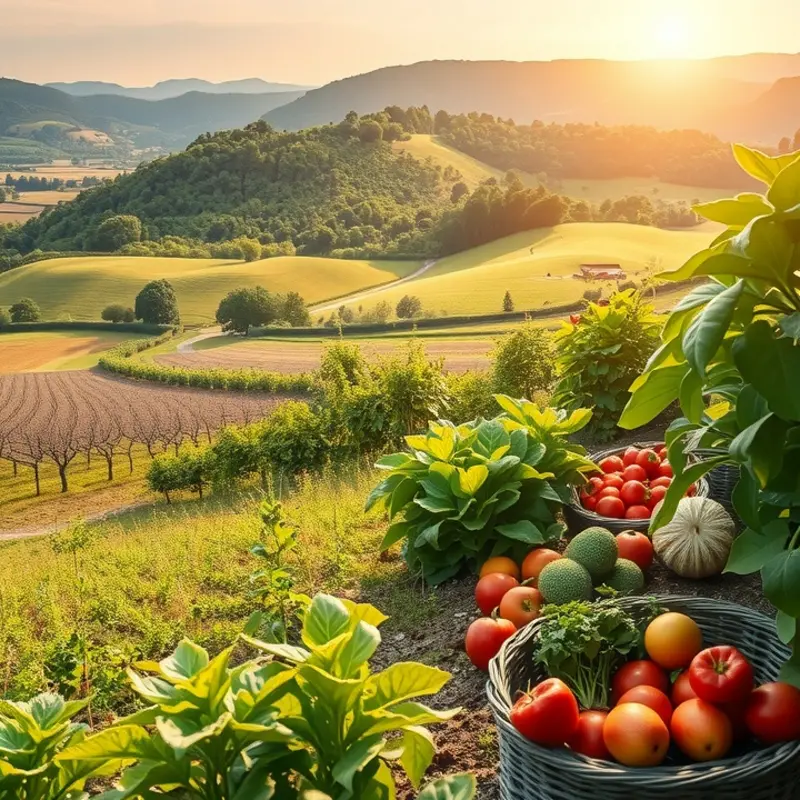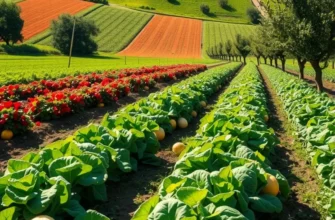Navigating the world of gluten-free pasta can seem daunting, but it opens a realm of possibilities for home cooks and dietary-conscious individuals. From traditional favorites to innovative alternatives, gluten-free pasta can be just as satisfying and delicious as its gluten-containing counterparts. With a variety of ingredients available, you can easily adapt your favorite recipes while ensuring they meet your dietary needs. Whether you’re looking for meal prep ideas or simple substitutions, this guide will provide you with practical solutions for a gluten-free lifestyle.
Exploring Gluten-Free Pasta Varieties

Navigating the array of gluten-free pasta options can be both exciting and daunting. Each type brings its own unique flavor, texture, and cooking properties that distinguish it from traditional wheat pasta. Among the choices, rice pasta stands out for its mild flavor and compatibility with a variety of sauces. Typically made from either white or brown rice, it offers a slightly chewy texture. Rice pasta is excellent for lighter dishes, perfectly absorbing flavors without overshadowing them. It is important to cook it slightly less than recommended, as it continues to soften when added to sauces.
Another popular option is corn pasta, known for its vibrant yellow hue and sweet, nutty flavor. This variant holds its shape well, making it suitable for cold pasta salads and dishes that require a firmer bite. It cooks quickly and works wonderfully in Latin-inspired recipes, offering a natural sweetness that complements rich, spicy sauces. Despite its robust texture, caution is needed to prevent overcooking, which can lead to a mushy consistency.
For those looking for higher protein content, chickpea pasta is a versatile choice. Packed with plant-based protein and fiber, it has a hearty, earthy taste that ties in well with savory dishes. Due to its dense texture, it pairs best with thick, creamy sauces or heartier vegetables. Ensure ample boiling water to avoid clumping, and stir frequently during cooking to promote an even texture.
Lentil pasta, crafted from red or green lentils, offers a subtle, earthy taste with nutritional benefits similar to chickpea pasta. It boasts high protein content and contains various essential vitamins and minerals. Lentil pasta generally takes on the appearance of traditional pasta, making it a visually appealing alternative while providing a different flavor profile. To prevent it from becoming too soft, it’s crucial to balance cooking time with immediate use post-cooking.
Quinoa pasta offers a nutty, robust flavor, perfect for enhancing simple dishes. It’s an excellent option for those seeking gluten-free pasta that doesn’t rely solely on rice or corn. This pasta retains its bite well post-cooking and is suitable for a wide variety of dish styles, from Mediterranean salads to Asian-inspired noodle dishes. Pair it with subtle, herb-infused sauces to let its natural flavor shine.
When comparing these gluten-free pastas to traditional varieties, cooking times and sensitivities to overcooking are critical. Traditional wheat pasta has a starch content that provides elasticity and firmness, which gluten-free options strive to mimic through various methods. Each alternative has its optimal pairing in terms of sauces and sides, and understanding these can enhance your culinary experience.
Ultimately, selecting the right gluten-free pasta involves considering the dish’s overall profile and the desired taste and texture. For those interested in reducing waste and optimizing ingredients in the kitchen, this guide on low waste cooking and prep may offer valuable insights. As you explore these pastas, embrace the distinct qualities each brings and experiment to find the combinations that suit your palate best.
Simple Substitutions and Cooking Tips

Embarking on a gluten-free pasta journey can be both exciting and daunting. With a variety of alternatives available, understanding how to substitute them in your cherished recipes is key to a seamless switch.
Start by choosing the right pasta type. Rice, corn, and quinoa-based pastas are popular owing to their familiar texture and flavor. For something more wholesome, lentil or chickpea pastas are protein-rich and hold their shape well.
Boiling Times and Cooking Methods
When substituting gluten-free pastas, adjust your boiling times. They often require less cooking time than traditional pasta and can quickly become mushy if overcooked. For most varieties, taste-testing a minute or two before the recommended cooking time is best. Aim for a firm but cooked texture, as gluten-free alternatives tend to soften when cooled. Overcooking gluten-free pasta can also make it less likely to absorb sauces effectively.
To enhance your cooking, consider using well-seasoned stock instead of plain water during boiling. Vegetable, chicken, or beef stock can add a depth of flavor, turning ordinary pasta into something extraordinary without added complexity. Explore more flavor enhancements that don’t rely on salt, as recommended in this guide.
Sauce Compatibility and Pairing Suggestions
Sauce pairings can make or break your dish. Lighter sauces like olive oil with garlic or a simple tomato basil work exceptionally well with pasta made from rice or corn, allowing their subtle flavors to shine. Heartier pastas, such as those from lentils or chickpeas, can stand up to robust sauces like primavera or bolognese.
For cheese lovers, a creamy Alfredo sauce complements chickpea pasta with its nutty undertones. Quinoa-based pasta pairs beautifully with pesto sauce, as its earthy notes meld well with basil and pine nuts.
Incorporating Flavor Boosters
To elevate your gluten-free pasta dishes, incorporate stock ingredients like sundried tomatoes, olives, or capers. These ingredients introduce umami and satisfy taste buds without overwhelming the main dish. Grated citrus zest or fresh herbs like parsley or basil can provide a refreshing lift to your pasta, especially when mixed with a bit of olive oil or balsamic vinegar.
Finally, think about your pasta’s role. Is it a standalone dish or a side? The role will influence your flavor and texture choices. If your pasta is a side, a simpler season and sauce combination may allow the main dish to remain the star.
By considering these substitution tips and cooking practices, you can enjoy a wide range of delicious gluten-free pasta dishes that are sure to satisfy both you and your guests. With a bit of experimentation, you can reinvent your favorite meals while adhering to a gluten-free lifestyle.
Final words
Exploring gluten-free pasta options opens a world of culinary opportunities while accommodating dietary restrictions. Whether you opt for rice, quinoa, or chickpea pasta, the variety available today ensures you don’t sacrifice taste or texture. Simple substitutions can seamlessly integrate these alternatives into your cooking repertoire. Armed with practical cooking tips and a keen understanding of each type of gluten-free pasta, home cooks can boldly experiment with new flavors and textures. Embrace this journey and transform your pasta dishes into health-conscious delights that everyone can enjoy.







